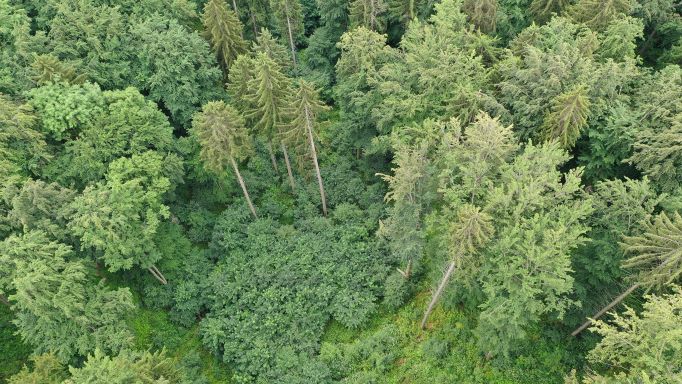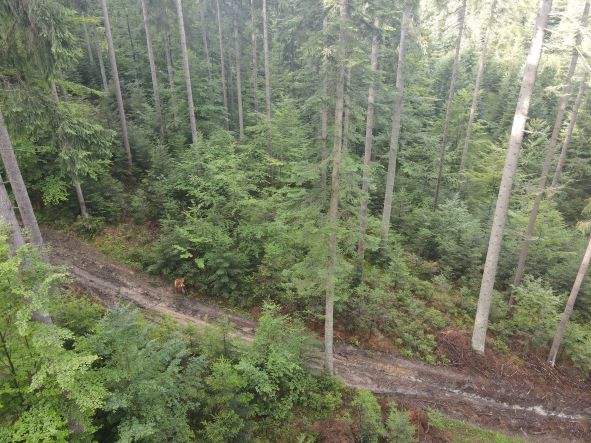PRO SILVA regards sustainable forest ecosystems as the proper basis of economic sustainability. Protection and production are both important to society. For sustainability in the broadest sense, continuing and optimal productivity is only possible if the protective function remains intact. This precludes production strategies that ignore the protective function of the forest.
PRO SILVA supports the management of forests and the use of renewable resources of timber.
With regard to the general principles of sustainability, the following are essential elements of the productive function:
Maintenance of the natural energy and mineral cycles.

As methods for achieving the functioning of these elements PRO SILVA recommends:
Undertaking continuous renewal of the forest as an integral part of forest tending. However, tending and harvesting should be the main features of management, and should not be unduly influenced by the need to obtain regeneration.

Spontaneous forest renewal and forest development, through moderate single tree selection harvesting and group selection harvesting separated by long regeneration periods, involving:
Restoration of wildlife species population densities to levels which are in balance with the carrying capacity of the forest;